Xiaomi
Xiaomi Mi Max 3
Processor and memory
CPU: Qualcomm Snapdragon 636
GPU: Adreno 509
RAM: 4GB / 6GB (LPDDR4X)
Internal memory: 64GB / 128GB (eMMC5.1)
Memory extension: Yes
Display
Display Type: IPS
Display diagonal: 6.9 inches
Display resolution: 2160 x 1080 pixels
Screen Protector: Unknown
Multitouch: 10 fingers
Cameras
Main Camera: 12 Megapixel Samsung ISOCELL S5K2L7 + 5 Megapixel Samsung ISOCELL S5K5E8
* Auto-HDR
* bokeh
* Autofocus
* LED flash
Front camera: 8 Megapixel Samsung S5K4H7
mesh
Dual SIM: Yes
SIM size: Nano SIM
Ribbons
2G GSM: B2, B3, B5, B8
3G CDMA 1X / EVDO: BC0
3G WCDMA: B1, B2, B5, B8
3G TD-SCDMA: B34, B39
4G TDD-LTE: B34, B38, B39, B40, B41 (120M 2535M ~ 2655M)
4G FDD-LTE: B1, B3, B4, B5, B7, B8, B20
wireless
WiFi: 802.11 a / b / g / n / ac
Bluetooth: 5.0
GPS: Yes
Sensors
* Ambient light sensor
* Accelerometer
* Proximity Sensor
* Hall sensor
* E-Compass
*Gyroscope
* Infrared transmitter
* Fingerprint Sensor
Battery
Battery: 5.500 mAh
Quick charge function: Quick Charge 3.0
Other
Connection: USB-C, 3.5 mm jack
Operating system: Android 8.1 (MIUI)
Size: 176.15 87.4 x x 7.99 mm
Weight: 221g
1x smartphone
1x SIM needle
1x charging cable
1x charger
1x user manual
Foreword: Xiaomi Mi Max 3
A “phablet” is the name given to smartphones, which, thanks to their oversized display, could also function as tablets. Xiaomi has been running a range of phablets under the name "Max" since 2016, which is particularly popular in Asia.
Design, workmanship and delivery
The Mi Max 3 is guaranteed not to be a smartphone for small hands. The smartphone, which has a unibody design and is largely made of metal, is an impressive 176.15 mm high and 87.4 mm wide. With a thickness of only 7.99 mm, the handheld is relatively slim. The weight is also kept pleasantly low at just 221g.
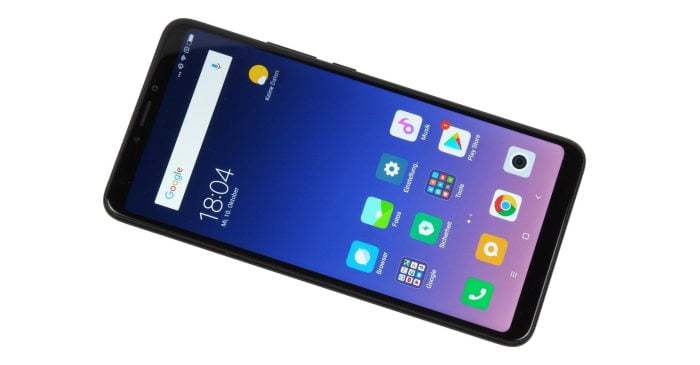
The smartphone is set up as follows:
The front takes up the 6.9 inch display. This is the display compared to last year Xiaomi Mi Max 2 grown again by 0.46 inches. The housing is not equal. In order to accommodate the larger display, Xiaomi has shrunk the display margins and deleted the capacitive buttons. The operation is instead via virtual display buttons. Features of the front include the front camera with LED flash and a notification LED, but only in white lights.
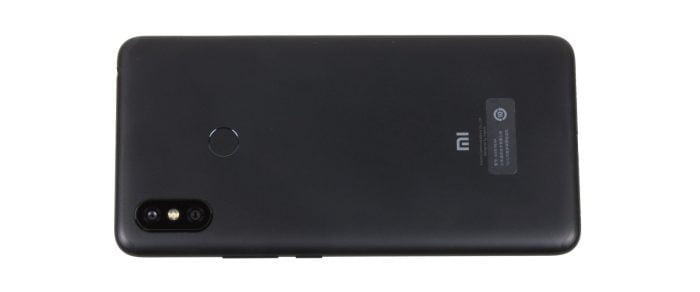
Due to the unibody design, the housing frame and the back are not separate, but are made from one piece. The front is offset by about 1 mm from the rest of the case. The frame edges are rounded and flow smoothly into the back. The housing frame includes the power button and volume rocker on the left. Opposite is the dual SIM slot, in which there is space for two nano SIM cards or a nano SIM and a microSD memory card. The connection options of the Xiaomi Mi Max 3 amount to a USB-C socket and a 3.5 mm jack audio socket. There is also an infrared transmitter on the top.
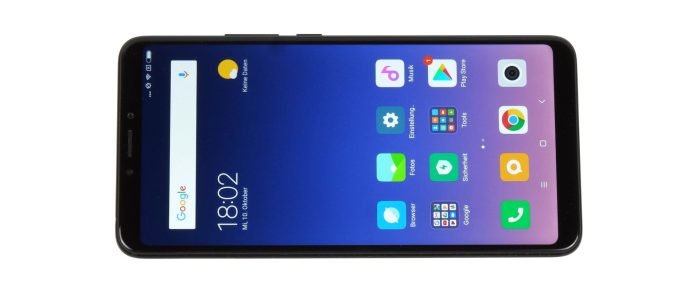
The structure of the back is the same as that last tested Xiaomi Mi A2 comparable. Top left is the vertically arranged and slightly protruding dual main camera with center LED flash. A circular fingerprint scanner is located in the middle of the upper third of the back. The plastic antenna strips are inconspicuously embedded in the back.
The Mi Max 3 is superbly processed and, despite its size, lies comfortably in the hand. In addition to the smartphone, the scope of delivery includes a quick charger (5V 3A - 9V 2A - 12V 1.5A), a USB-C cable, a SIM needle and a user manual. A protective cover and a screen protector are not included.
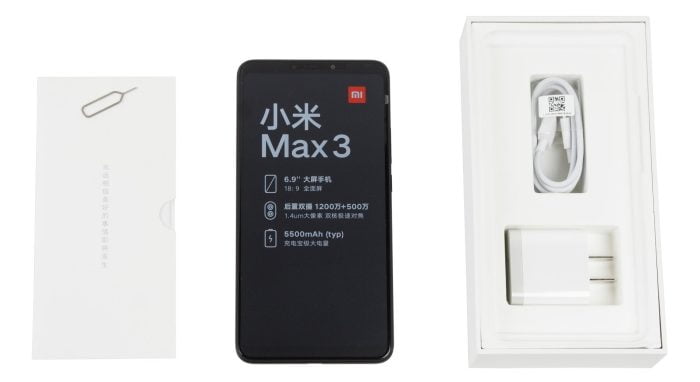
Display
The display of the Xiaomi Mi Max 3 is of the IPS type and has a diagonal of 6.9 inches with 2160 x 1080 pixels. Thus, the display has an aspect ratio of 18: 9 and a point density of 350 DPI.
display measurement
The display measurements carried out with a colorimeter showed, among other things, a maximum luminance of 475 cd / m². Xiaomi itself specifies the display with a luminance of 520 cd / m². The illumination deviates from the center of the display to the edges of the display by up to 45 cd / m².
- Grayscale - CalMAN 2018
- ColorChecker - CalMAN 2018
The black value of 0.33 cd / m² and the contrast ratio of 1.430: 1 are appropriate for the price range. The color and grayscale display differ with an average DeltaE of 3.8 and a maximum DeltaE of 6.4. Due to the reduced proportion of red and increased proportion of blue, the color temperature is rather cool. Grayscales in particular appear predominantly bluish-gray as a result.
- Color saturation - CalMAN 2018
- Color spectrum - CalMAN 2018
Display in everyday life
The display cuts a good figure in everyday life. Despite the huge display diagonal, the display is extremely sharp, so that individual pixels cannot be seen with the naked eye. The display is easy to read outdoors, especially in sunshine. Only the slightly reflective display glass can impair readability in direct light. It is also remarkable how much the display brightness can be reduced. Especially in the dark, the display remains pleasantly legible with greatly reduced display brightness.
The viewing angle stability is also not objectionable. The image can even withstand flat viewing angles. The brightness deviation resulting from the display measurement is not noticeable in everyday life.
Display settings and functions
The display settings are comparatively extensive. In addition to the manual and automatic brightness adjustment, there is a night and reading mode that filters blue light components, there are extended color and contrast adjustment options with 3 color profiles, as well as an adjustment to the text size.
Touchscreen
The touchscreen recognizes a maximum of 10 simultaneous inputs. The recognition accuracy is good on average. Idiosyncratic Ghost Touches do not occur. The display is protected by an unspecified, hardened protective glass. A special coating reduces fingerprints and increases lubricity.
Performance
Qualcomm Snapdragon 636
As well as in the Xiaomi Note 5 Redmire a Qualcomm Snapdragon 3 System-on-Chip (SoC) works in the Xiaomi Mi Max 636. The CPU of the mid-range SoC works with 8 Kryo 260 processor cores that clock with up to 1.8 GHz. The graphics unit is an Adreno 509 GPU.
- Geekbench
- A1 SD
The smartphone is available in two memory sizes. Depending on the model, you get a 4GB or 6GB LPDDR4X dual-channel memory and a 64GB or 128GB eMMC5.1 data memory. A memory expansion using a microSD memory card is possible, but then the second SIM slot has to be dispensed with.
Benchmark
The benchmark results are inconspicuous and correspond to those of other smartphones with identical equipment. In the AnTuTu benchmark, a middle class score of 119.097 is achieved. The storage speeds are just as reasonable. Our test copy with 4 + 64GB memory achieves an average of 5.8 GB / s RAM speed and 210 MB / s write and read speed after several measuring processes.
- AnTuTu
- 3DMark
Performance in everyday life
The Xiaomi Mi Max 3 shows no weaknesses in everyday life. The system can be operated smoothly throughout. App start without delay and do not noticeably break in performance even in multitasking. Due to the ample working memory, apps that are already open are kept in the memory for a long time and are therefore available on demand. The system also renders websites quickly, scrolling is mostly smooth and animations are displayed smoothly.
Gaming
Although the Mi Max 3 is not a high-end smartphone, it is quite suitable for current mobile games. Graphically demanding games such as PUBG or Asphalt 9 can be played smoothly. For some, however, it is advisable to choose medium graphics settings. Although there are no delays in speaking, occasional image breakdowns can occur. The temperature reached after 30 minutes of PUBG was 37 ° C at the warmest point. The processor performance is not throttled.
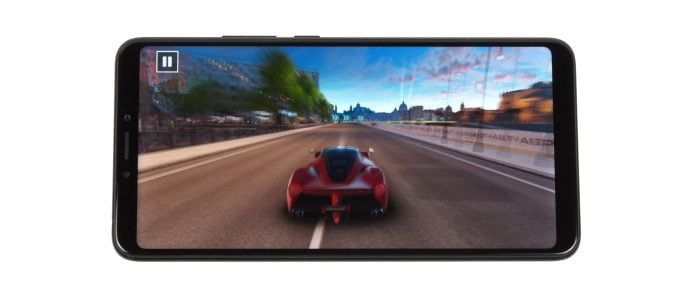
user interface
The smartphone is delivered with MIUI 9, based on Android 8.1. An update to MIUI 10 Stable has been available since October, although it is not based on Android 9, but continues to be based on Android 8.1. System updates and security patches are distributed regularly over-the-air (OTA).
Functionally, MIUI is a long way from Stock Android. Many functions that are otherwise only available through additional apps are already firmly integrated into the system. Among other things, a security center is integrated with which data that is no longer required can be cleaned up, it monitors battery consumption and with which apps can also be password-protected. Many of the pre-installed apps come directly from Xiaomi. The most important Google apps, including the Google Play Store, are also preinstalled on the smartphone.
Another feature of MIUI is the "Second Space". For example, if you want to separate business and private, Second Space allows you to create independent user accounts. In addition, apps can be duplicated so that multiple user accounts can be used with one app.
Camera
The main back camera is identical to the main camera of the Xiaomi Note 5 Redmire. A 12 megapixel Samsung S5K2L7 image sensor with 1.4 μm pixel size and f / 1.9 aperture, as well as a 5 megapixel Samsung S5K5E8 sensor with 1.12 μm pixel size are installed. The second sensor is purely an auxiliary sensor that enables the so-called "bokeh effect". The 8 megapixel front camera is also from Samsung. The image sensor is a Samsung S5K4H7 with f / 2.0 aperture.
Practical test of the main camera
Photo mode
In direct comparison to Xiaomi Mi Max 2 the recording quality has improved significantly in good as well as in low light conditions. Photographs are color-coordinated very naturally. The subject in focus is sharply focused and details and fine textures are well preserved. Only more distant objects appear a bit out of focus and reduced in detail. Aberration aberrations may be isolated, but are a rarity.
Dynamic range and HDR
The dynamic range is, as so often with smartphone cameras, rather narrow. Even so, the Xiaomi Mi Max 3 copes well with high-contrast scenes and balances bright and dark areas. An automatic HDR mode is available. The mode automatically activates scene-wise, but it often delivers color-distorted and unnatural results.
- HDR Off
- HDR Auto
Bad lighting conditions
The recording quality deteriorates with increasingly poor lighting conditions. Details are lost, colors are displayed slightly incorrectly and image noise increases. The HHT (Handheld Twilight) function stored in the MIUI camera app should improve the recording quality at night. The emphasis is on should. In the test, there was no difference between activated and deactivated HHT mode.
What can improve the recording quality in the dark is the HDR mode. If you add this in addition, colors are displayed less pale and the image noise is reduced.
Zoom
There is no lossless telephoto zoom. Instead, a maximum of 8x digital zoom is possible. Accordingly, the zoom is limited in terms of recording quality. Even from a double magnification, the enlarged image is slightly muddy, in particular fine details are lost.
- No zoom
- 2-fold zoom
- 8-fold zoom
Bokeh and AI
The portrait mode of the Mi Max 3 is very well implemented. People in particular are clearly brought to the fore. Complicated objects are extracted less cleanly, which can lead to errors in the blurring effect. The AI scene mode was not yet available at the time of testing and will only be fully implemented with MIUI 10.
video mode
With the MIUI camera app it is possible to record video in 720p, 1080p and 4K. The 4K refresh rate is limited to 30 frames per second. Up to 1080 frames per second are possible on 60p. The recording quality in video mode comes as close as possible to the photo recording quality. Video recordings are well coordinated in terms of color. In 1080p recording mode, however, the colors appear a bit richer than in 4K mode. On the other hand, the level of detail in 4K mode is significantly higher and the picture overall sharper. The autofocus (dual pixel) works quickly and precisely.
Electronic image stabilization (EIS) is available. In 4K recording mode, however, the stabilization has no effect. Here it is recommended to switch to the Open Camera App, which stabilizes cleanly on 4K recordings. The sound is recorded in stereo (bit rate 96 kbit / s) and sounds clear and clean.
Practical test of the front camera
The 8 megapixel front camera produces acceptable photo and video recordings. In some cases, however, the photos are heavily overexposed and distorted in color. With increasingly poor lighting conditions, increased image noise is also noticeable. After all, there is a front LED flash that illuminates the subject evenly. Focusing is not possible because of the fixed focus. Videos are recorded in a maximum of 1080p at 30 frames per second.
- Good lighting conditions
- Bad lighting conditions
Numerous beauty filters artificially prettify the selfies that have been taken. In addition to various soft focusers, the MIUI camera app offers an extended beauty mode that makes the face appear slimmer, enlarges the eyes and changes skin tones.
connectivity
Telephony
Both the Chinese and the global model of the Mi Max 3 come with identical cellular support. All 2G, 3G and 4G mobile radio bands common in Germany are available. Here is an overview:
- GSM: B2, B3, B5, B8
- CDMA 1X / EVDO: BC0
- WCDMA: B1, B2, B5, B8
- TD-SCDMA: B34, B39
- TDD-LTE: B34, B38, B39, B40, B41 (120M 2535M ~ 2655M)
- FDD-LTE: B1, B3, B4, B5, B7, B8, B20
However, the smartphone is not suitable for worldwide use, as some country-specific bands are missing. LTE is supported on both SIM slots. VoLTE is available and can be swapped between the slots. VoWiFi or WiFi calling is not supported.
There are positive things to say about the reception quality. The smartphone has a very strong reception and enables cellular reception that is sufficient for phone calls and mobile surfing even in places with weak cellular communications, where many other smartphones fail. The voice quality is good. The earphones clearly reproduce what is being said. The listener tends to be slightly distorted only at full volume. The noise-reducing microphones keep background noises very well.
Wi-Fi and Bluetooth
The Mi Max 3 is equipped with a dual AC WiFi and Bluetooth 5.0 module. Here, too, the smartphone gives a very strong signal. Even two floors away from the router, the reception is so good that surfing the web is by no means an ordeal. The smartphone also behaves inconspicuously in the Bluetooth network and impresses with its good transmission quality.
GPS and sensors
The smartphone uses GPS, AGPS, GLONASS and Beidou to determine its position. The European navigation system Galileo is not supported. A GPS fix is quickly established and the position is determined to within a few meters. A GPS fix is even possible inside the building, even if it takes a little longer to set up. Navigating is no problem with the Mi Max 3. Regardless of whether it is a rural or urban area, the smartphone is confident and precise. A well-functioning e-compass is available.
- GPS reception outside
- GPS reception in the building
The sensor equipment includes an ambient light sensor, a proximity sensor, an acceleration sensor, a gyroscope, a Hall sensor, the aforementioned e-compass and an infrared transmitter. With the IR transmitter, the smartphone can control TV or smart home devices. The matching Mi remote control app is already preinstalled. Unfortunately, the smartphone comes without NFC.
The fingerprint scanner on the back is easy to reach despite the size of the smartphone. The recognition rate is high and the smartphone is unlocked quickly. Depending on the ROM, a “Face Unlock” function is already integrated into the system. The facial recognition worked reliably in the test and could not be tricked with an image.
Audio
The Xiaomi Mi Max 3 is able to generate stereo sound. For this, the mono speaker acts with the earphone. In terms of volume, however, the mono loudspeaker trumps the earphones, so that spatial stereo sound is only produced to a limited extent. The sound is dynamic, but as is so often the case, there is a lack of volume. The maximum volume is convincing and there is no unpleasant scratching even at full volume. A 3.5 mm jack socket is available despite the USB-C connection. There is nothing wrong with the playback quality via both connections.
Battery
Not only is the smartphone extremely large, the battery also has a high capacity of 5500 mAh (measured: 5350 mAh). That is enough to achieve a running time of at least 2 days with normal use. The screen-on-time measured on medium display brightness is just under 11 hours. In standby mode, the smartphone can run for more than 10 days. Without use, the daily battery consumption is around 7-10%.
The battery of the Mi Max 3 can be charged quickly thanks to Quick Charge 3.0. A complete charging process takes about 160 minutes. It only takes 50 minutes to charge the battery by 50%.
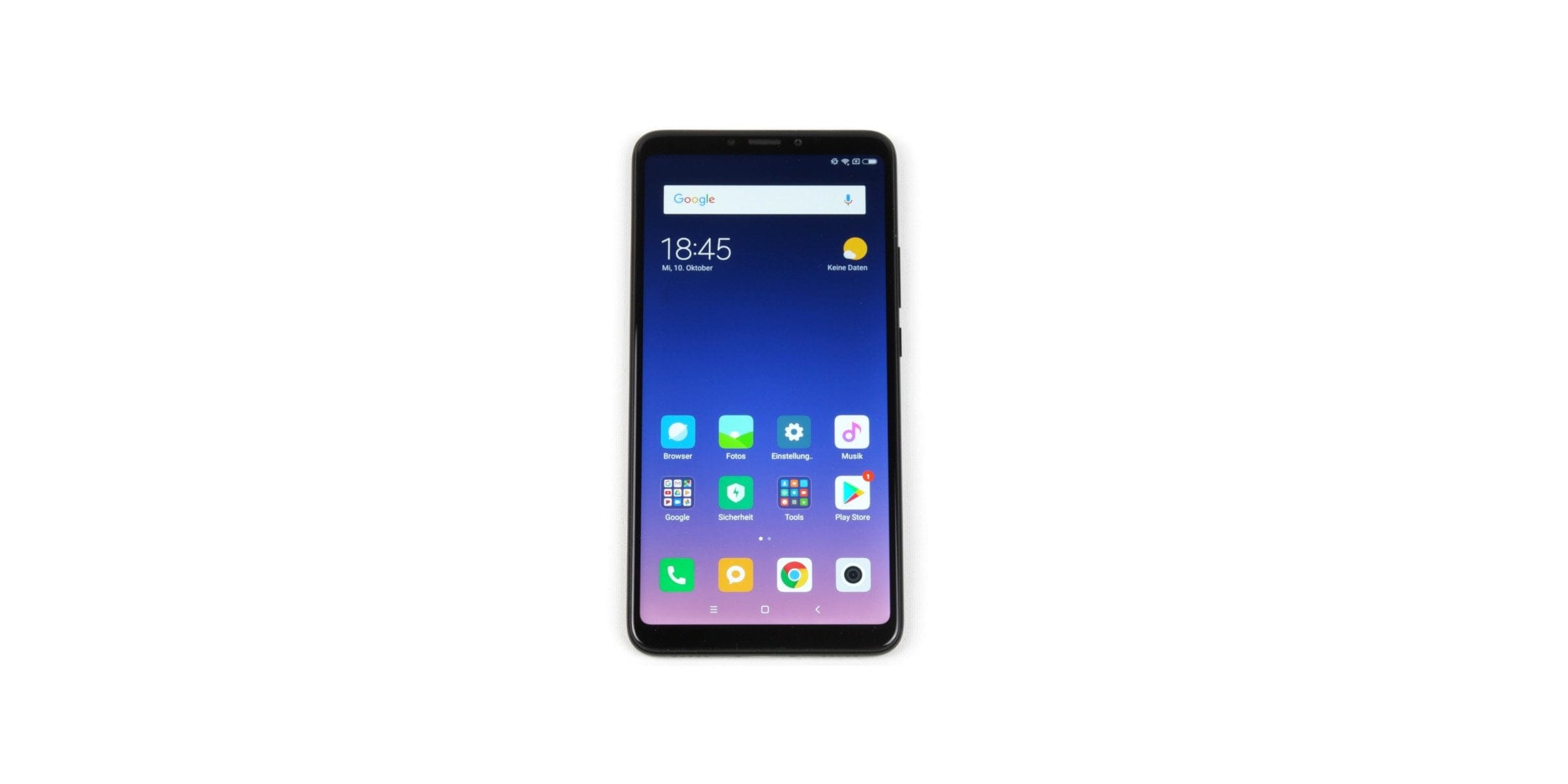
Xiaomi Mi Max 3
Good workmanship
Attractive unibody design
Powerful processor
Colorful and bright display
Good main camera
Good (LTE) reception quality
Strong signal GPS
Good battery life and quick charge function
No NFC
Single color notification LED only
Camera in low light conditions
Camera app in need of improvement
The Xiaomi Mi Max 3 is a successful successor to the Mi Max 2. The smartphone is powerful, offers a decent mobile coverage and can also score in terms of battery life. The display is extremely sharp and convinces with its high brightness and good color rendering.
The recording quality of the main and front camera is average good and corresponds to the price range. There are small drawbacks in terms of recording quality under poor lighting conditions. In addition, software-related improvements to the camera app would be desirable. But at the latest with MIUI 10 these should be implemented.
Larger criticisms are there so far none. Anyone interested in a phablet should definitely take a look at the Xiaomi Mi Max 3!

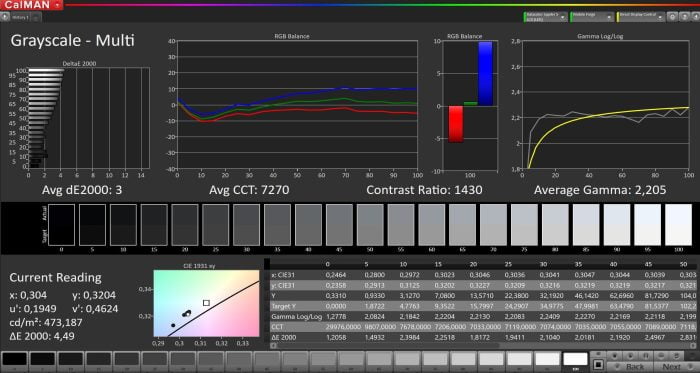
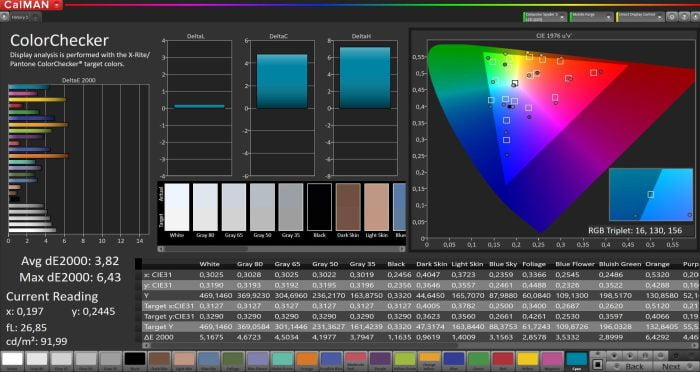
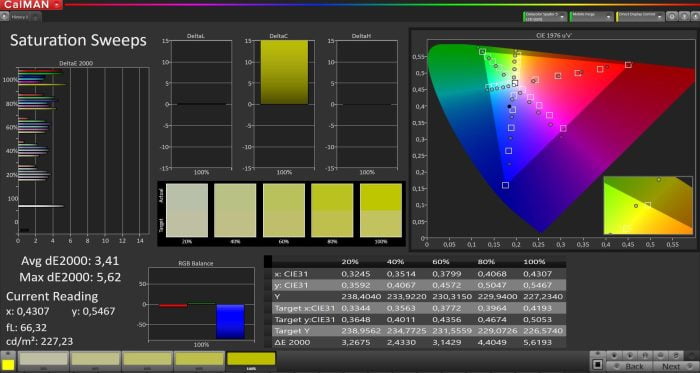
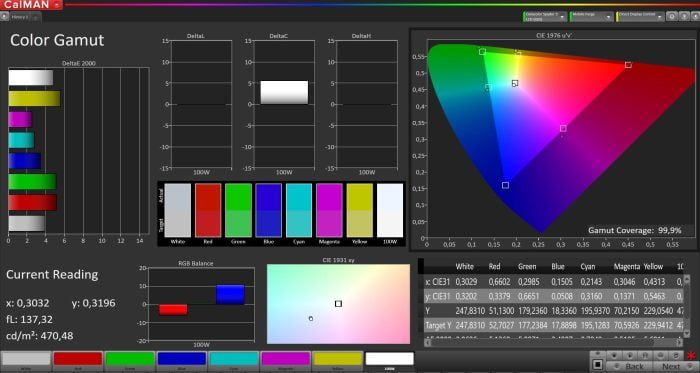














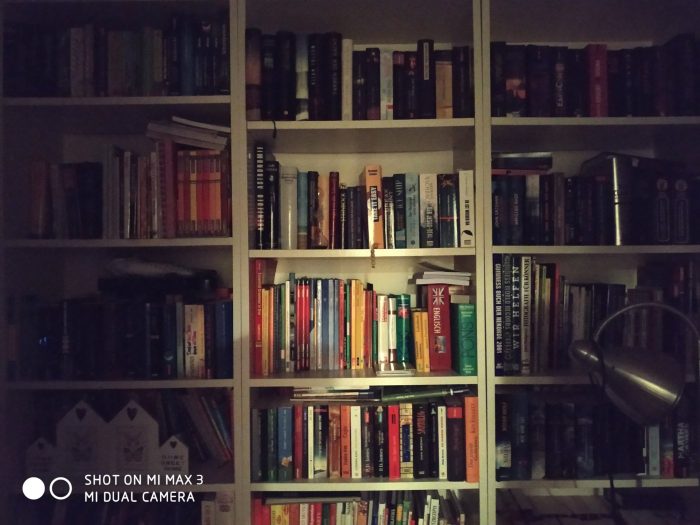
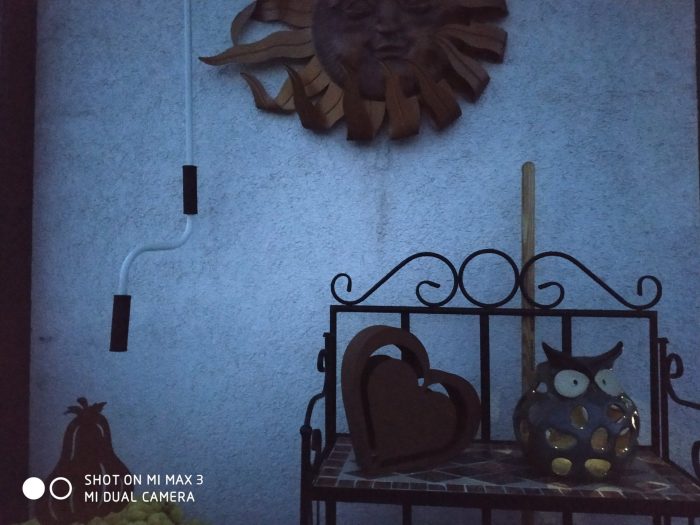





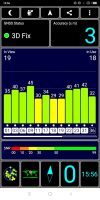
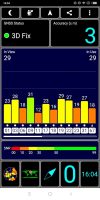
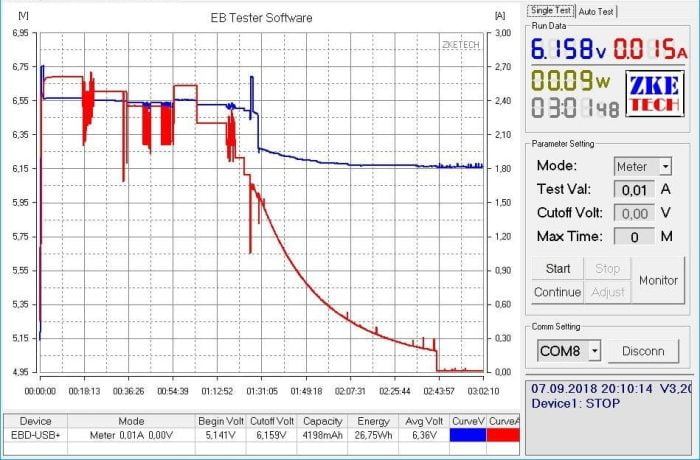


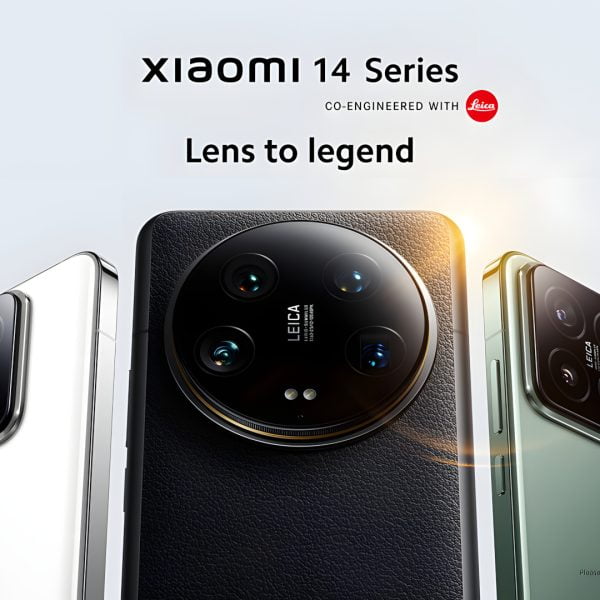


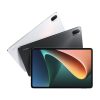
Manfred Dibel
23. October 2018 12 to: 06
Can I also navigate with the phone? Looking for something with a large display to replace my GPS. But do not know how it is with these chinaphones. Whether they are good or not. It has GPS, but do the map programs also work there?
Timo admin
23. October 2018 17 to: 50
Hi Manfred, of course you can navigate with your smartphone. It's a completely normal Android smartphone only with a large display. The GPS on the Mi Max 3 is actually really decent.
Manfred Dibel
23. October 2018 22 to: 31
Understood. I thought this only works with the Chinese satellite system. I have to have the size to navigate. Do you have an alternative or should I get this?
Timo admin
25. October 2018 17 to: 17
No, it works with GPS, GLONASS and Beidou. If you are looking for a smartphone in size, the market will not give you much. I would get the Mi Max 3. That has a strong signal GPS and is well suited for navigation.
Paul
23. October 2018 14 to: 08
Hello, I have a question that I might have. any of you can answer. I'm looking for a smartphone that I can also connect to a display port via USB-C. Can the Mi Max 3's USB-C port do this?
Sacral
28. October 2018 10 to: 19
Definitely not possible. I've already tried a number of adapters because I wanted to use my Max 3 for presentations at the university. You can mirror the display via the app, but it does not work via the USB port.